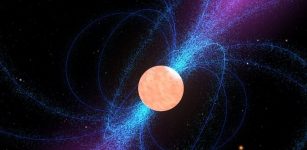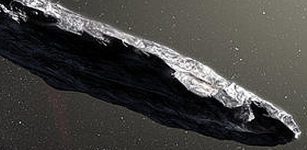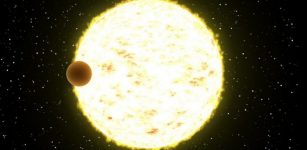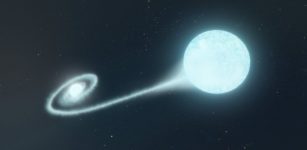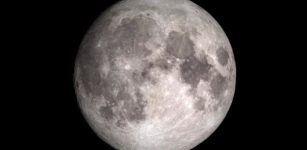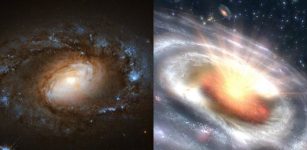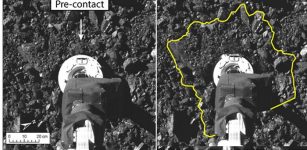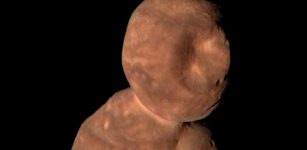Meteorites From The Red Desert Of Australia Support Search For Life On Mars
Eddie Gonzales Jr. – MessageToEagle.com – Monash University, University of Queensland and Australian National University researchers have used ANSTO’s Australian Synchrotron in their study of meteorites found on Earth that could be used in future to find evidence of life on the planet Mars.
Image credit: WikiImages – Pixabay
The examination of meteorites recovered from the Nullarbor Plain in western South Australia by a joint team that included Dr. Andrew Langendam from the Australian Synchrotron contained organic residues in the form of microfossils preserved in mineral veins within the dense rock.
“It has been an established site for finding meteorites since the 1980s. The dark iron-rich meteorites stand out against the white limestone and red soil of the plain, ” said Dr. Langendam.
The research revealed that a variety of fossil microorganisms, diatoms, bacteria and fungi, were entombed and preserved within veins of calcite and gypsum.
X-ray fluorescence microscopy at the Australian Synchrotron supervised by instrument scientists Dr. Jessica Hamilton (then a Ph.D. student at Monash) and Dr. David Paterson, both co-authors, confirmed that redox-active metals, such as manganese and iron, were mobilized in vein-filled cracks within the meteorite by environmental or microbial activity.
“The location and quantity of calcium, iron and manganese can be delineated in the sample by the ultra-sensitive technique. It revealed that the manganese enrichment occurred at the rim of calcite-gypsum veins,” said Dr. Hamilton.
The research team noted that meteorites could preserve a suite of microfossils, organic biosignatures and records of nutrient cycling under the arid conditions on the Nullarbor.
Co-lead author on the paper published in Geochemica et Cosmochemica Acta and Frontiers in Microbiology, Dr. Alastair Tait from Monash University’s School of Earth, Atmosphere and Environment, said in a news report on the Monash website, “This is an original finding and it is important because it shows us that microorganisms can interact with astro-materials in a way that is vital to their metabolism.”
Co-lead author Prof Gordon Southam of the University of Queensland’s School of Earth and Environmental Sciences said in a news report on the UQ website, “This adds a new dimension to the search for life on Mars, targeting comparable meteorites on the red planet.”
“Essentially, they provide a time capsule of past biological activity, or, in the case of samples from the Nullarbor Plain, meteorites can serve as a refuge for life,” said Prof Southam.
“They act as lifeboats for life on a hostile surface, where there are not many bioavailable minerals,” said Dr. Langendam.
Mars has an extreme environment compared with Earth. The temperature on the desert-like surface of the Red Planet is approximately -62 degrees Celsius. Its atmosphere is very thin and made up of 96 percent carbon dioxide. The atmosphere of Mars is far less dense than the atmosphere of Earth, with inhospitable low atmospheric pressure.
“By studying how meteorites on Earth are altered by weathering and microbial activity, it may help to know what chemical signatures to look for when we study the same meteorite material that fell on Mars, which could have been weathered and potentially altered by any life there. Looking at meteorite chemistry as an environmental record, and as a potential way to compare processes on Earth and other planets, is a new idea and really exciting,” said Dr. Hamilton.
Although the Martian landscape has been studied by a series of exploratory vehicles, including the most recent Perseverance Rover, no actual samples from the planet’s surface have been returned to Earth as yet. The samples are analyzed by instruments on the surface.
The research team suggested that samples returned from Mars will be used to build an overall picture of the volcanic and sedimentary history of Mars, in which past life might be preserved.
Written by Eddie Gonzales Jr. – MessageToEagle.com Staff


